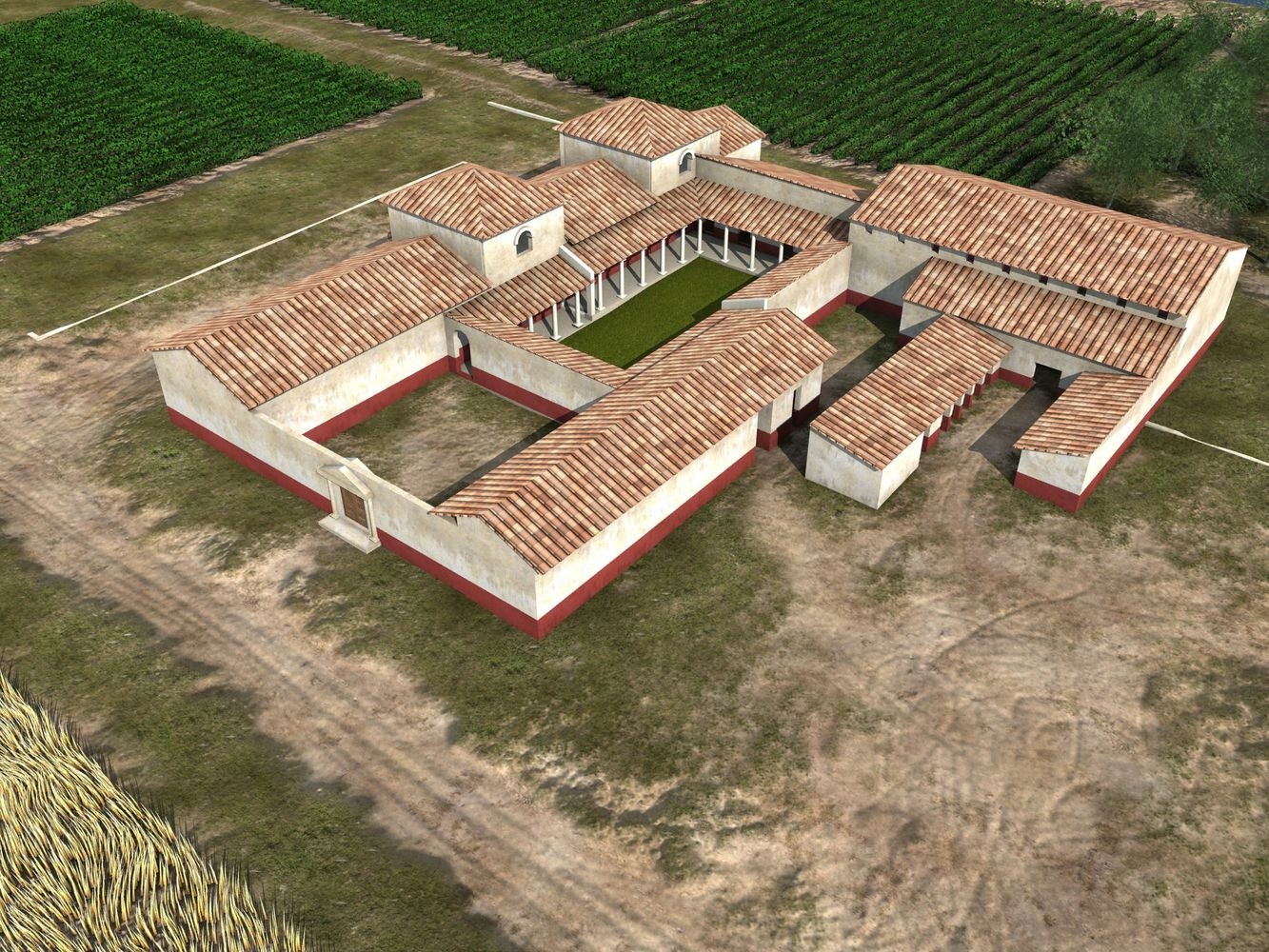The villa in Roman Gaul
During the Roman period, a new approach to farming based around villas on large estates became more widespread. The excavation of one of these large farms, in Loupian, gives an insight into one aspect of rural life in Roman Gaul and its leading landowners.

Villa-Loupian in Languedoc
The excavation of a villa in Loupian on the Languedoc coast, has shed more light on an aspect of rural life in Roman Gaul and the lives of large landholders who divided their time between otium (relaxation and study), negotium (business) and their farms worked by slave labour.
The website features original 3D reconstructions of Villa-Loupian, explores decisive points in the growth of this large estate, its buildings and crops, and offers 360° panoramic views of the stunning multicoloured mosaics dating from Late Antiquity that were discovered during the excavations.
Thanks to its original scenography and wealth of images, visitors discover a rural residence that has been painstakingly excavated and studied, along with its estate. The website presents a wealth of live data, accessible to all, on the ongoing research into the villas of Roman Gaul, including the latest findings and the architectural diversity of the Gallic provinces.
The section for teachers and students offers an interactive tour in and around the main residence, supported by educational factsheets on a variety of subjects, including mosaics, banquets, and the trade in wine. This section was produced by Chantal Lucibello, a teacher in charge of the museum’s education service.
Information
Designed by Christophe Pellecuer, a conservator with the regional department of cultural affairs of Languedoc-Roussillon, the website brings to light an outstanding example of cooperation between central and regional government departments, and the partnership with the Communauté de Communes du Nord du Bassin de Thau. A multidisciplinary team of archaeologists, conservators, architects and outreach officers helped research and conserve the remains and welcomed visitors to the Villa-Loupian site museum.
Available in French and English, this website is part of the Grands Sites Archéologiques multimedia collection published by the French Ministry of Culture and Communication and produced by the musée d'Archéologie nationale ‒ Domaine national de Saint-Germain-en-Laye, in conjunction with the General Directorate of Heritage (DGP).

